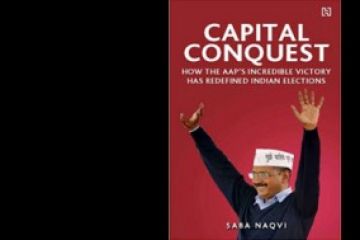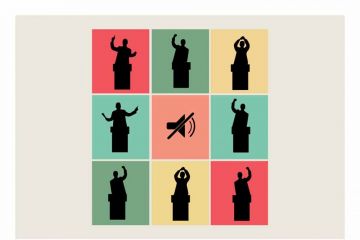
Every few years, Tamil cinema heroines change moulds. In its
early days, there were certain stereotypes—the princess who falls for the
pauper; the daughter of the soil, as dutiful a wife as Kannagi but as
formidable a wronged woman as Kannagi. Then, came the Modern Woman, ushered in
by the likes of K. Balachander and Balu Mahendra. Soon after, Bharathirajaa
introduced the Village Belle who would suddenly mature into a symbol of social
crusade. The phrase “Bubbly Girl” began to be asso





